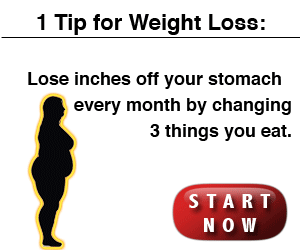Spartacus Workout, is it for you? Have you ever wondered how the actors in the popular television program, Spartacus: Blood and Sand, developed those sculpted muscles and well-defined abs and chest? They went through a specially-designed, high intensity workout program that burned belly fat and developed their muscles. The Men’s Health Spartacus Workout program is patterned after the muscle-building workouts of the actors in the TV program, and can help you boost endurance, burn fat, and get ripped abs.
Some people say that the actual Spartacus Workouts used to get the actors in shape are a hundred times more challenging than the routines in the Men’s Health version, but anyone who has picked up the Spartacus Workout Challenge will tell you that the exercise circuit is no walk in the park.
Framework for Men’s Health Spartacus Workout
The Spartacus Workout consists of 10 exercises carefully selected to collectively workout different parts of the body. The exercises are grouped together in a high-intensity circuit that will burn body fat, develop the muscles, and boost your endurance level. Each circuit has two stages with 5 exercises in every stage.

Spartacus Workout
The workout program is designed to be done three days a week. Perform one set of each exercise, called a “station”, in succession. Each station is allotted 60 seconds and you can do as many reps as you can, with perfect form. You can rest for up to 15 seconds between stations. Rest for 2 minutes after completing one circuit.
Exercises for Spartacus Workout
Exercise routines for Men’s Health Spartacus Workout consist of a variety of exercises that will challenge your heart, lungs and muscles. Some of the exercises include: Squat Pull and Thrust, Offset Reverse Dumbbell Lunge, Squat to Shoulder Press, Single Leg and Arm Dumbbell Row, Plank Walkup, Jump Squat, and Single Leg Deadlift with a Twist.
When using weights, choose a weight that is challenging for 15 to 20 reps.
Does the Spartacus Workout Work?
Designed by fitness experts Adam Campbell and Rachel Cosgrove to get the Spartacus cast in rock-hard shape, the Spartacus Workout is definitely effective and challenging. The great thing about this routine is that it burns fat while building muscle. You can also do the exercises with or without dumbbells, depending on your level of fitness and strength. This option also allows you to decide whether or not you should invest in additional equipment.
Soon after the release of the original Spartacus Workout, the Spartacus Workout 2.0 came out. The all-new Spartacus Workout 3.0 is also available these days. If you’re looking for a structured routine that will challenge your endurance and strength, give this workout a try.
Related Blogs
- Related Blogs on Blood And Sand
- Related Blogs on Deadlift

